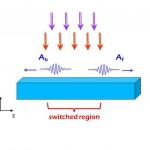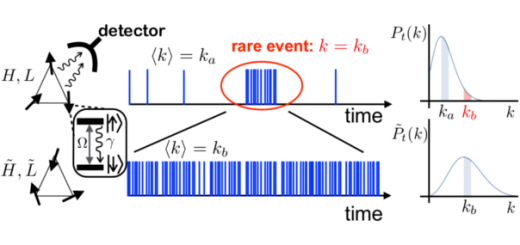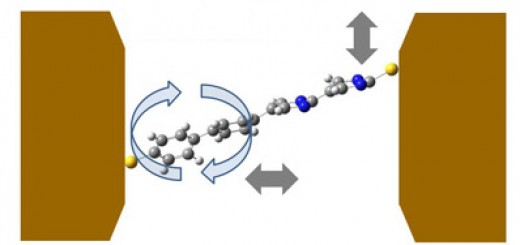Metal Nonlinearity – Some New Aspects
 Title: Metal Nonlinearity – Some New Aspects
Title: Metal Nonlinearity – Some New Aspects
When: Tuesday, 28 January (2016), 12:00h
Place: Departamento de Física Teórica de la Materia Condensada, Facultad Ciencias, Module 5, Seminar Room (5th Floor).
Speaker: Yonatan Sivan, Electro-Optics Unit, Faculty of Engineering, Ben Gurion University of the Negev, Israel.
The ultrafast third-order optical nonlinearity of metals was studied in the 1970’s and 1980’s, and is thought to be well-understood. In particular, it was shown that the dominant effect was a thermal response, which was described within a standard perturbative formulation, as a small cubic nonlinearity.
In this talk, I will discuss two aspects of the metal nonlinearity that were not studied before. The study presented in the first part is motivated by recent measurement of scattering of intense light from metal nanoparticles, which showed nonlinear response several orders of magnitude stronger than any previously demonstrated one. Moreover, the responsible mechanism(s) for such a behavior are currently not understood.
I will show that this case, as well as in many other realistic scenarios, the experimental conditions exceed the perturbative regime, such that the metal permittivity changes substantially due to the temperature rise. In this case, the experimental results can be explained only if one solves both the Maxwell and heat equations self-consistently. I will review the generic behavior for on and off resonance CW illumination and elucidate the missing parameters that are needed for matching the calculations to the experimental data.
The study presented in the second part is motivated by our recent work on transient Bragg gratings. Specifically, I will show that the standard description of the ultrafast thermal response of metals as a cubic nonlinearity is insufficient when the illumination is highly non-uniform, as in the case where the metal is illuminated by two interfering intense pulses which induce a transient periodic pattern (Bragg grating) of temperature. We show that heat diffusion in the illuminated metal is able to wash out the periodic pattern in sub-picosecond time scale. Thus, the proper description of the metal nonlinearity has to account for the strong non-locality induced by the heat diffusion. Finally, I will describe some novel applications based on transient Bragg gratings, such as generation, switching and reversal of short pulses.



















